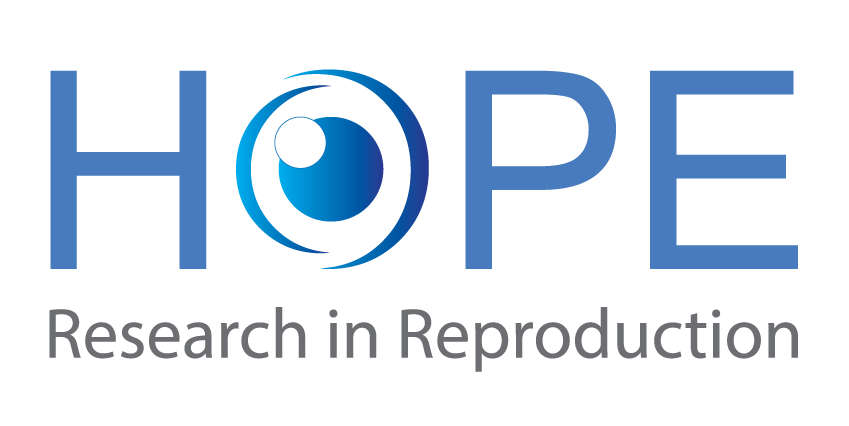RMBO; 42(1):143-149 – 2021-01-14
Sanne C Braam1, Vu N A Ho2, Toan D Pham2, Ben W Mol3, Madelon van Wely4, Lan N Vuong5
Published: 28 September, 2020
Author information
- Amsterdam UMC, Academic Medical Center, Amsterdam, Netherlands
- IVFMD, My Duc Hospital, HCMC, Viet Nam
- Department of OB/GYN, Monash University, Australia
- Center for Reproductive Medicine, Amsterdam UMC, Academic Medical Center, Amsterdam, The Netherlands
- Department of OB/GYN, University of Medicine and Pharmacy at HCM City, Viet Nam
Abstract
Research question
How do cost and effects of in vitro maturation (IVM) compare to in vitro fertilization (IVF) in women with a high antral follicle count?
Design
This cost-effectiveness analysis (CEA) was based on data of a previous retrospective cohort study at IVFMD, My Duc Hospital, HCMC, Vietnam. Between July 2015 to December 2017, 608 women underwent IVM and 311 women IVF. In both treatments oocytes were fertilized through intracytoplasmic sperm injection (ICSI). The effectiveness measure for the CEA was the cumulative live birth rate (LBR) after one completed cycle including subsequent cryo-cycles within 12 months following inclusion. We collected data on resource use related to treatment, medication and pregnancy from the case report forms. The primary economic analysis was performed from a health care perspective. For all patients, we obtained the costs relating to treatment (medication, complications, pregnancy, delivery). We additionally did the analysis from a societal perspective including non-medical costs. We calculated the mean costs and effects, average differences in costs and incremental cost-effectiveness ratios (ICER) using nonparametric bootstrap resampling to assess the effect of uncertainty in our estimates. To investigate the robustness of the estimates we performed several sensitivity and scenario analyses and performed a general linear model regression to assess the impact of potentially confounding baseline variables on costs.
Results
Cumulative LBRs after one completed cycle were 239/608 (39.3%) in the IVM group vs. 155/311 (49.8%) in the IVF group (adjusted odds ratio 0.52, 95% CI 0.30-0.89). Ovarian hyperstimulation syndrome (OHSS) did not occur in the IVM group versus 11/311 (3.5%) in the IVF group. The mean costs per couple were €4300 (95% CI €1371 – €18798) for IVM and €6493 (95% CI €2204 – €20136) for IVF. The incremental cost-effectiveness ratio per additional live birth with IVF was €20144 (95% CI; €9116 – €50 418). Results were robust over a wide range of assumptions.
Conclusions
IVM is less expensive than IVF in women with a high antral follicle count (AFC) undergoing ART, while leading to a slightly lower effectiveness in terms of cumulative live birth rate.
KEYWORDS:
cost-effectiveness, IVM, IVF
